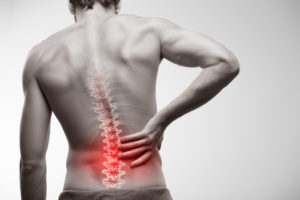
Unfortunately, that doesn’t offer much support for bone health. Autumn, or should I say fall, presents plenty of opportunities for slips and other threats to bone health you might not consider.
Shorter days and cooler temperatures mean less sunlight exposure. When you’re getting less sun because you’re covered up or are unable to spend time outdoors, your body can’t manufacture enough vitamin D. This can boost the risk for fractures should you fall.
Your body does have some vitamin D stored from the summer. But depending on how much, those can drop quickly in the fall and winter. To keep them up, supplement daily with 1,000 mg of vitamin D3 and include foods like eggs, salmon, and mushroom.
Along with vitamin D, keeping up with calcium helps keep your bones healthy and strong. A great calcium-packed fall meal is chili. Beans and legumes are high in calcium, and adding a little Greek yogurt and cheese to dull the spice can add even more.
Chili is also a protein-rich meal that can help build and maintain muscle.
Of course, exercise is also essential to bone health. But when the leaves start falling, and it’s dark before dinner time, exercise assumes a greater degree of risk. Some ways to minimize that risk include:
- Wearing bright colors
- Schedule walks earlier in the late morning/early afternoon
- Wearing shoes with additional traction
- Using walking poles
- Wearing a light on your forehead
- Staying in when it rains
Dampness in autumn can also contribute to pain around your joints and muscles. Drops in barometric pressure, particularly when it’s cold and rainy, can hurt.
You can limit the temperature-related pain by keeping yourself warm. Dressing in layers during the day, including warm socks and gloves, taking warm baths, or sipping a soothing tea can all help.
Don’t let the changing season put your bones at risk. Use these tips to help keep your bones healthy as you enjoy what the autumn has to offer.